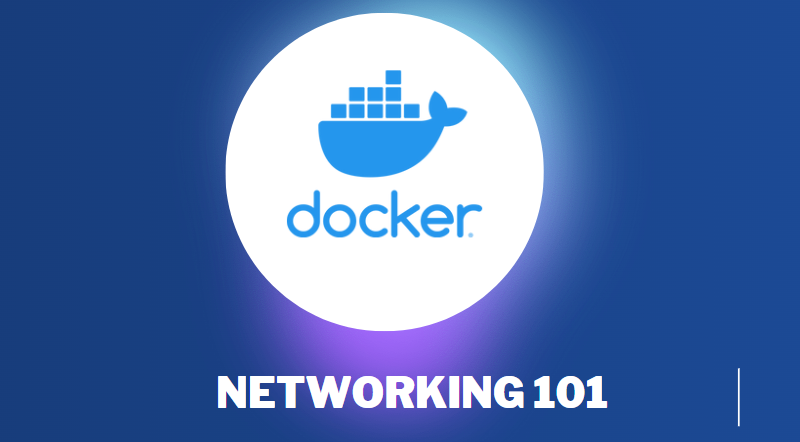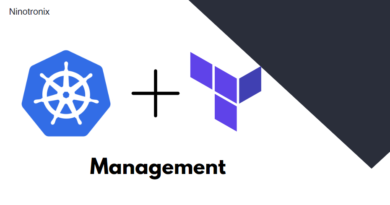Docker Network 101
A Beginner’s Guide to Modes, Advantages, and Common Operations
Docker has altered the way users can build, ship, and run applications. It enables developers to pack applications into containers, making them portable between environments. Docker also has a robust networking feature that enables containers to connect with one another smoothly.
In this blog, we will go over Docker networking, how it works, and its benefits with examples.
Docker Networking: An Overview
Docker networking is a built-in feature that allows containers to connect with one another and with the outside world. By default, Docker networking builds a virtual network that allows containers to interact with one another. The virtual network may be further customized to fit specific needs.
Container Network Model [CNM]
To manage networking, Docker uses the Container Network Model [CNM]. CNM provides a standard interface for networking plugins, making it simple to interact with various networking technologies. CNM also describes the components of a Docker network, such as the network driver, network endpoint, and network sandbox.
The network driver is in charge of creating and managing the virtual network, whereas the network endpoint represents a container’s network interface on a specific network. The network sandbox is an isolated environment in which containers can communicate with one another.
Docker Network Modes with Examples
Containers can connect with one another using a variety of networking types, such as bridge, host, overlay, and macvlan.
1 Bridge Networking:
Bridge networking creates a virtual network in which each container has its own IP address and may connect with other containers on the same network. Bridge networking is Docker’s default networking mode.
$ docker network create –driver bridge my-bridge-network
2. Hosting Networking:
Host networking allows containers to use the host’s network stack, making them appear to be operating on the host. Host networking is helpful for fast applications that require direct access to the host’s networking resources.
$ docker run -itd –name my-container –network host nginx:latest
3. Overlay Networking:
Overlay networking enables containers to interact across several hosts, making it perfect for container clusters. Overlay networking is used to construct a virtual network that spans many Docker hosts.
$ docker network create –driver overlay my-overlay-network
4. Macvlan Networking:
Macvlan networking assigns a unique MAC address to each container, making it look as if it were a real device on the network. Macvlan networking is handy when you need to issue IP addresses to containers that are on the same subnet as the host.
$ docker network create –driver macvlan –subnet=172.168.1.0/24 — gateway=172.168.1.1 -o parent=eth0 my-macvlan-network
Advantages of Docker Networking
- Isolation: Docker networking allows you to isolate containers by creating virtual networks that provide a safe environment for container communication.
- Scalability: Docker networking allows containers to interact across several hosts, making it perfect for container clusters.
- Customization: Using Docker networking, you may customize the network to meet specific needs, such as assigning IP addresses, ports, and protocols.
Common Operations for Docker Networking
1.Listing Networks:
You may run the following command to see a list of all available networks:
$ docker network ls
- Inspecting Networks:
The following command can be used to inspect a specific network.
$ docker network inspect <network-name>
2. Creating a Network:
To create a network, you can use this following command:
$ docker network create <network-name>
3. Removing Networks:
To remove a particular network, use the following command:
$ docker network rm <network-name
4. Connecting an Existing Container to a Network:
- The docker network connect command is used to connect an existing container to a network:
$ docker network connect <network-name> <container-name>
These operations are critical for managing and customizing Docker networks to match the requirements of your application.
We hope you found this blog useful in learning about Docker networking. Thank you for spending time reading this!




